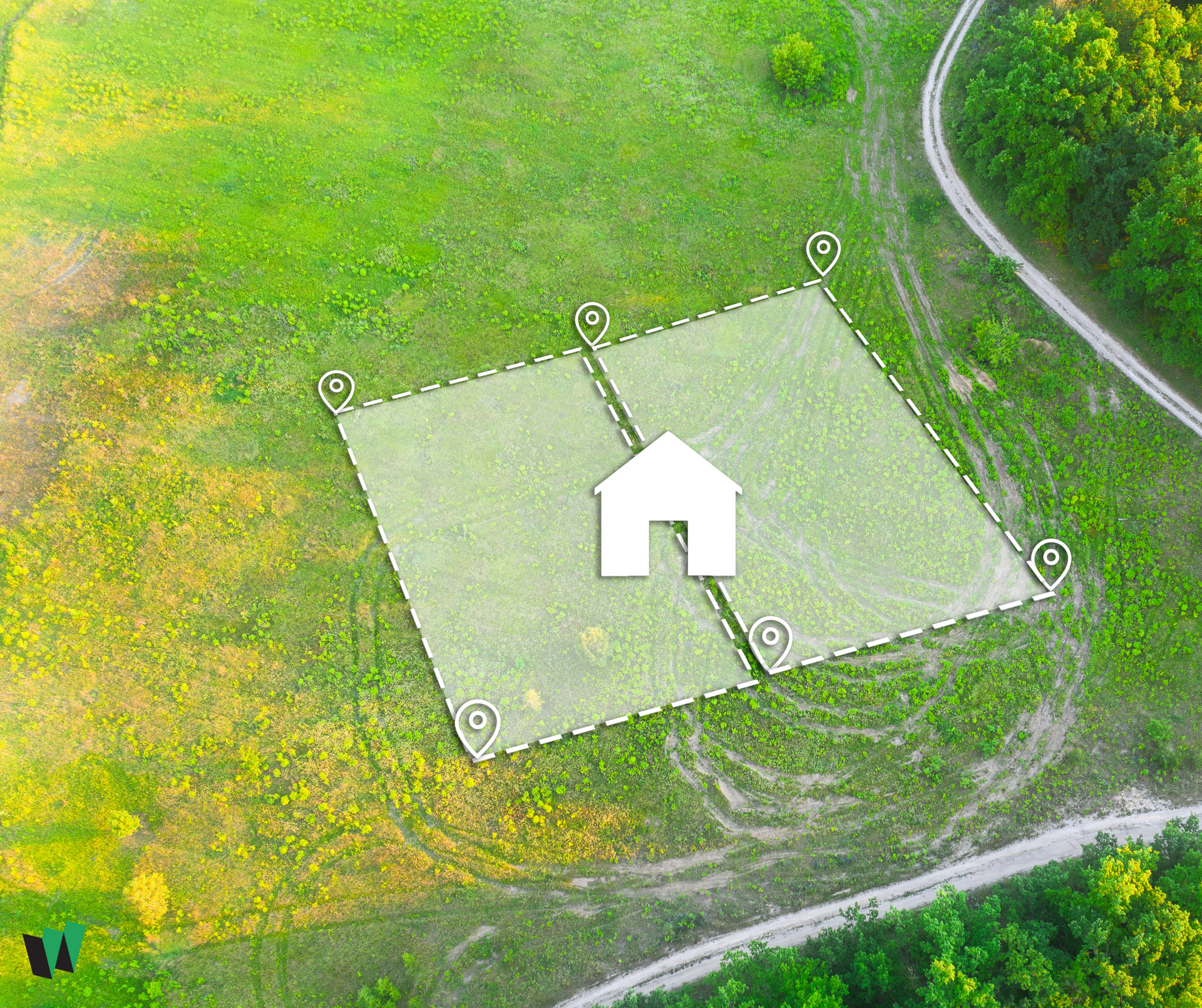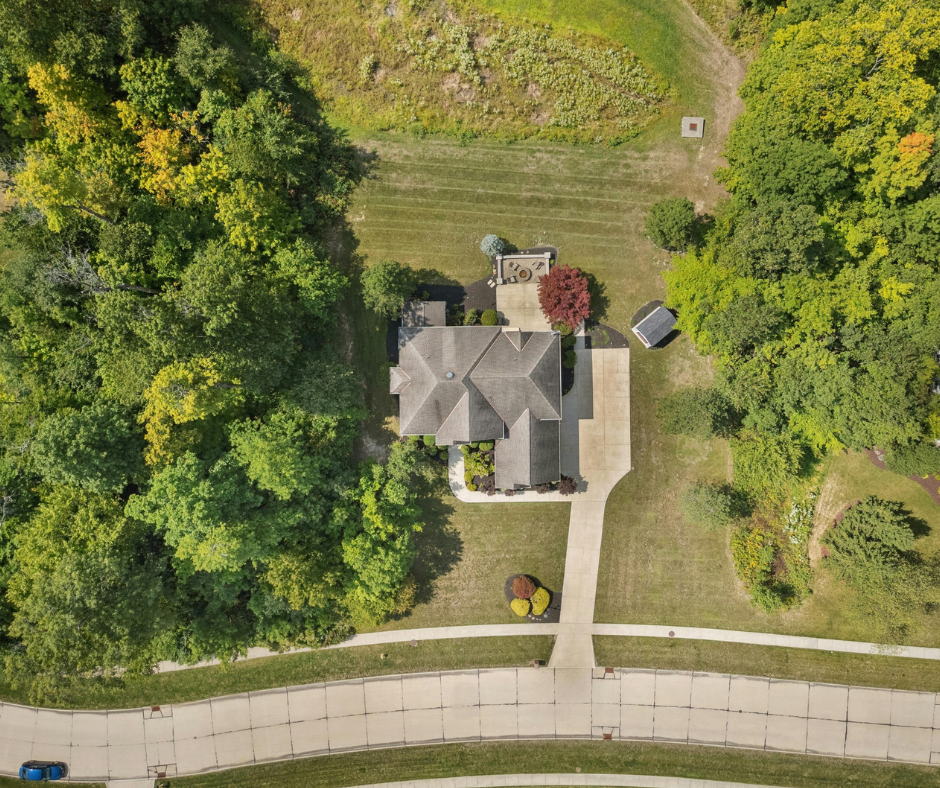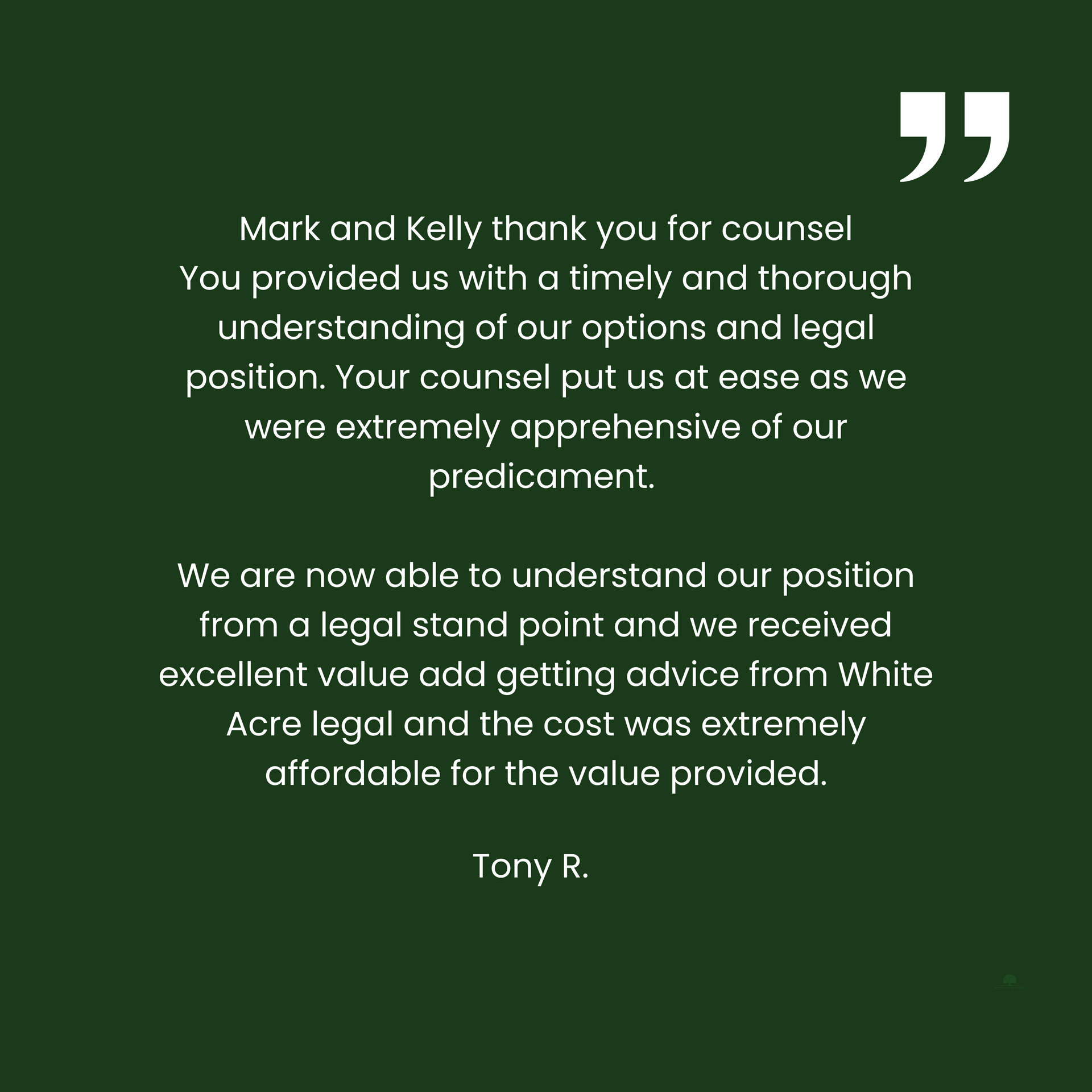By Ryan Post and Mark Evans
•
July 25, 2024
APZ’s on adjoining land? It is possible in some circumstances to use land adjoining a development site for the purpose of an Asset Protection Zone ( APZ ). An APZ is a bush fire protection measure which creates a buffer between a bush fire hazard and buildings, necessary under the Planning for Bush Fire Protection 2019 ( PBP 2019 ) . Case law Shoalhaven City Council v Easter Developments Pty Limited [2024] NSWLEC 49 Facts This case concerned the creation of an APZ on adjoining Council land. The proposed development was a three-lot subdivision of residential property. The property adjoins Council-owned land. The required distance of the APZ was determined to be 21.5 metres. The development plan proposed that 15.5 metres of this would be on the subject site, with the remaining 6 metres on adjoining Council land. Easter Developments (Developer) appealed the Shoalhaven City Council’s (Council) refusal of the development application to the NSW Land and Environment Court. At first instance, the Commissioner upheld the appeal and granted consent to the subdivision, finding that the proposed APZ complied with the requirements of PBP 2019 because it was managed land and had historically been managed (and cleared) by Council for this property and other properties in the street. The Council appealed the Commissioner’s decision. The Developer argued that use of the adjoining land was appropriate as the land would be appropriately managed and maintained by Council, satisfying the requirements under the PBP 2019 for an APZ. The Council contended that the development should be refused because the APZ was not wholly within the boundaries of the development site and that the ongoing maintenance of the APZ had not been considered, nor could it be guaranteed. Decision Preston CJ upheld the appeal, finding that the Council-owned land could not constitute part of the APZ, as it did not satisfy the requirements for management of land required in the PBP 2019. If an APZ is to include part of adjoining land, which is publicly owned by a Council, there must be an adopted Plan of Management that meets the requirements of the PBP 2019. The Bush Fire Risk Management Plan in this matter did not meet the standards necessary for an APZ and was thus found not to be a Plan of Management for the purposes of the PBP 2019. Consideration An APZ is a buffer zone between a bush fire hazard and buildings. An APZ must be appropriately managed to minimise fuel loads and reduce the potential for a bush fire to spread and harm buildings, people, and assets. Its distance is calculated with regard to the vegetation type, slope, and nature of the building. Preston CJ’s judgement serves as an indication that adjoining land, generally, cannot be used as part of an APZ in a development. This is clear within the PBP 2019, which provides that APZs on adjoining land are not encouraged and instead, the accepted solution is to have the APZ wholly within the land's boundaries. An APZ must be maintained for the ‘lifetime of the development’ and, to guarantee that the APZ is appropriately managed, it is logical for it to be solely contained within the overall development site, without reliance on adjoining sites, as this ensures the standards are easily met by one party. Where adjoining land forms part of the APZ, there is no guarantee that the land will be appropriately maintained to the standard required by the PBP 2019, as there are multiple pieces of land to be maintained by different parties. This, however, does not exclude a development from using adjoining land for an APZ. To utilise adjoining publicly owned land, a Plan of Management must be adopted and implemented by Council to act as a legal guarantee that the land will be appropriately managed. These plans must demonstrate clear compliance with the requirements of the PBP 2019. The issue for the Developer in this case was that they could not demonstrate to the Court that the adjoining land would be appropriately managed, and the requirements outlined in the PBP 2019 would be met. The case demonstrates that the current management of the Council land is insufficient and irrelevant as to whether the land is compliant with the PBP 2019. Instead, a Plan of Management must be adopted by the council or government to assure there is appropriate management and there is a regime to ensure ongoing compliance for many years to come. The plan should include the following: the prescribed APZ requirements; and, the predicted timing of the management; and, notification of arrangements for management should the land be acquired or dedicated; and, demonstration that the relevant authority has the capacity to maintain the APZ; and, acknowledgment of the responsibility from the adjoining landholder that the APZ will be appropriately managed. To the question of whether an APZ can include part of the adjoining land, the general rule is that it cannot. The judgment of Preston CJ and the provisions of the PBP 2019 clearly indicate that the preferred option is that any APZ required for a property be contained entirely within the boundaries of that land. This is to ensure that requirements are appropriately managed for the lifetime of the development. However, there are exceptions to the rule. There are stringent requirements to ensure compliance where adjoining land forms part of the APZ. As it pertains to publicly owned land, there must be a Plan of Management and it is insufficient to argue that the land is currently managed in a way that would comply. This is to ensure a legal guarantee that the requirements of the APZ are strictly met and all development on the land is compliant. Key Takeaways When developing on bush fire prone land, as a general rule, adjoining land cannot constitute part of the necessary APZ. There are, however, exceptions to this. For publicly owned land, a Plan of Management must be created to guarantee the appropriate management of the land. Noting this, it is insufficient to rely on the current and future management of the land by the Council or government in matters pertaining to publicly owned land, there must exist a Plan of Management. There must be consideration of the management of adjoining land. The corresponding Plan of Management must comply with the standards outlined in the PBP 2019 and guarantee the ongoing compliance with measures of the APZ. Require further assistance? We have assisted many clients resolve issues with Asset Protection Zones. Some of those cases involve the Asset Protection Zone being, partly or entirely, on adjoining property. Often resolution of the issues can be a simple matter of engaging in constructive consultation with the parties involved or the local council, or alternatively, bringing the matter before the Court for determination. If you require advice regarding Asset Protection Zones, we can assist you in this process. Disclaimer The contents of this article are a general guide and intended for educational purposes only. Determination of the types of issues discussed in this article is complex and often varies from case to case and involves an understanding of matters of fact and degree. Opinions on those matters can vary and be matters on which reasonable minds may differ. DO NOT RELY ON THIS ARTICLE AS A SUBSTITUTE FOR COMPETENT LEGAL ADVICE.







































